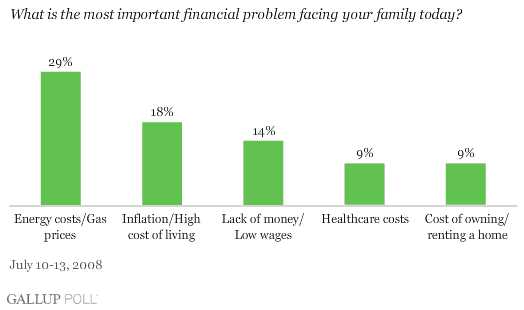
Introduction:
Price is a critical factor that influences consumer behavior and purchase decisions. However, in today’s complex retail landscape, pricing strategies have become increasingly intricate, making it challenging for consumers to assess product values accurately. As a result, when the price becomes blurred, it has a significant impact on consumer behavior.
Understanding the underlying mechanisms and effects of blurred pricing is crucial for both marketers and consumers. Marketers must grasp how consumers perceive and respond to pricing tactics, while consumers need to be aware of the potential manipulations they may encounter. In this article, we will explore the various aspects of blurred pricing and its impact on consumer behavior.
The Perception of Value:
When prices are ambiguous or unclear, consumers struggle to evaluate the true value of a product. The lack of transparency can lead to skepticism and distrust among consumers, making them more hesitant to make purchasing decisions. It becomes crucial for marketers to communicate the value proposition effectively and establish trust to alleviate consumer concerns.
Additionally, the ambiguity of pricing can create a sense of exclusivity or perceived quality, which may lead to increased appeal among certain consumer segments. This phenomenon is often observed in luxury brands, where high prices act as a signal of prestige and desirability.
The Psychology of Pricing
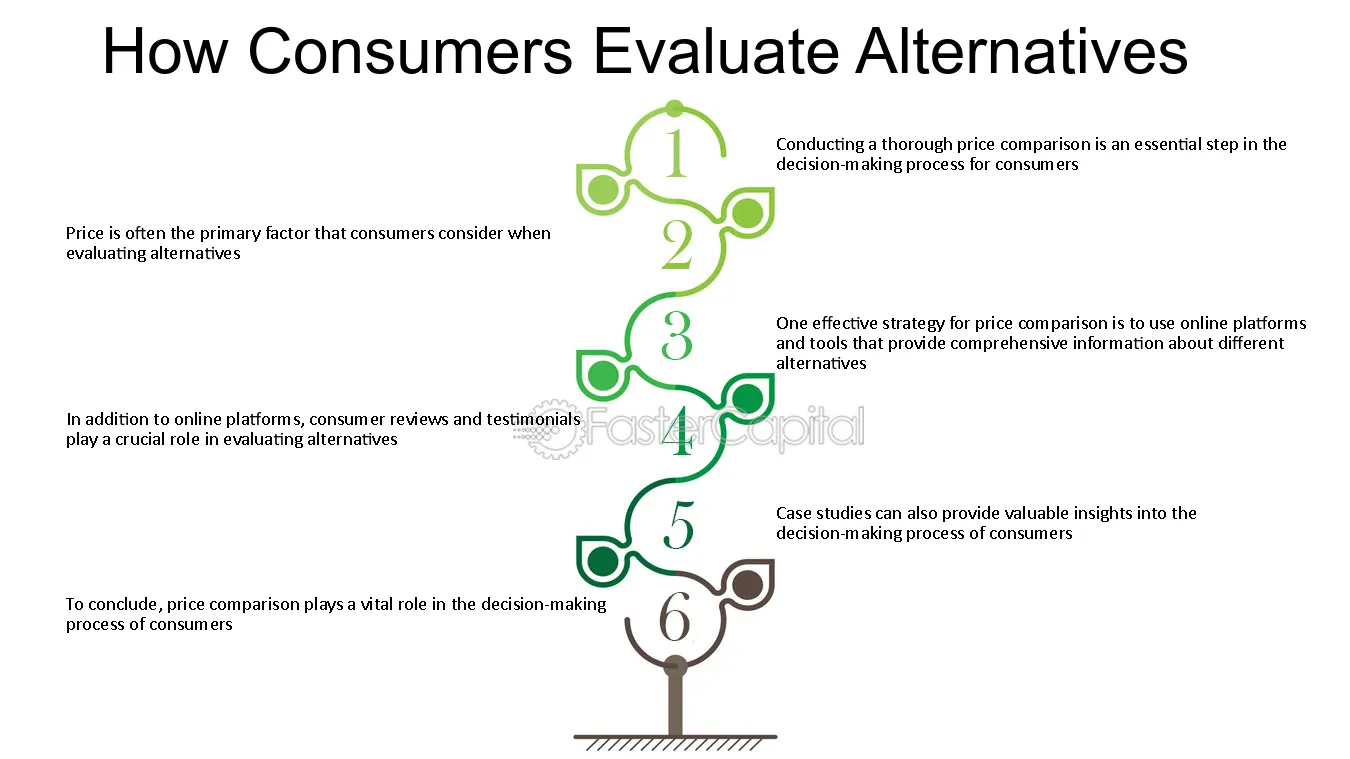
Pricing is not just a simple matter of setting a number on a product or service. It is a complex process that involves understanding the psychology of consumers and how they perceive and value different price points.
Perceived Value
One of the key factors in pricing psychology is perceived value. Consumers often make purchasing decisions based on how they perceive the value of a product or service in relation to its price. This perception can be influenced by various factors, such as the quality of the product, the brand reputation, and the pricing strategy used.
For example, a high-end luxury brand may price their products at a premium to create the perception of exclusivity and superior quality. On the other hand, a budget brand may use lower prices to attract price-sensitive consumers. Understanding and effectively leveraging perceived value can help businesses optimize their pricing strategies and increase sales.
Price Anchoring

Another important psychological aspect of pricing is the concept of price anchoring. This refers to the tendency of consumers to rely heavily on the first price they see as a reference point when evaluating subsequent prices.
For example, if a consumer sees a high-priced item first, they may perceive a lower-priced item as a bargain, even if it is still relatively expensive compared to other similar products. By strategically anchoring prices, businesses can influence consumers’ perception of value and encourage them to make purchasing decisions that are more favorable to the business.
Uncoventional Pricing
In some cases, unconventional pricing strategies can also be used to influence consumer behavior. For example, ending a price with .99 or .95 can create the perception of a lower price, even though the difference may be minimal. Additionally, bundle pricing, where multiple products or services are offered together at a discounted price, can create the perception of greater value and encourage consumers to purchase more.
In conclusion, understanding the psychology of pricing is crucial for businesses to effectively attract and persuade consumers. By leveraging factors such as perceived value, price anchoring, and unconventional pricing strategies, businesses can optimize their pricing strategies and increase sales.
Price Perception and Decision Making
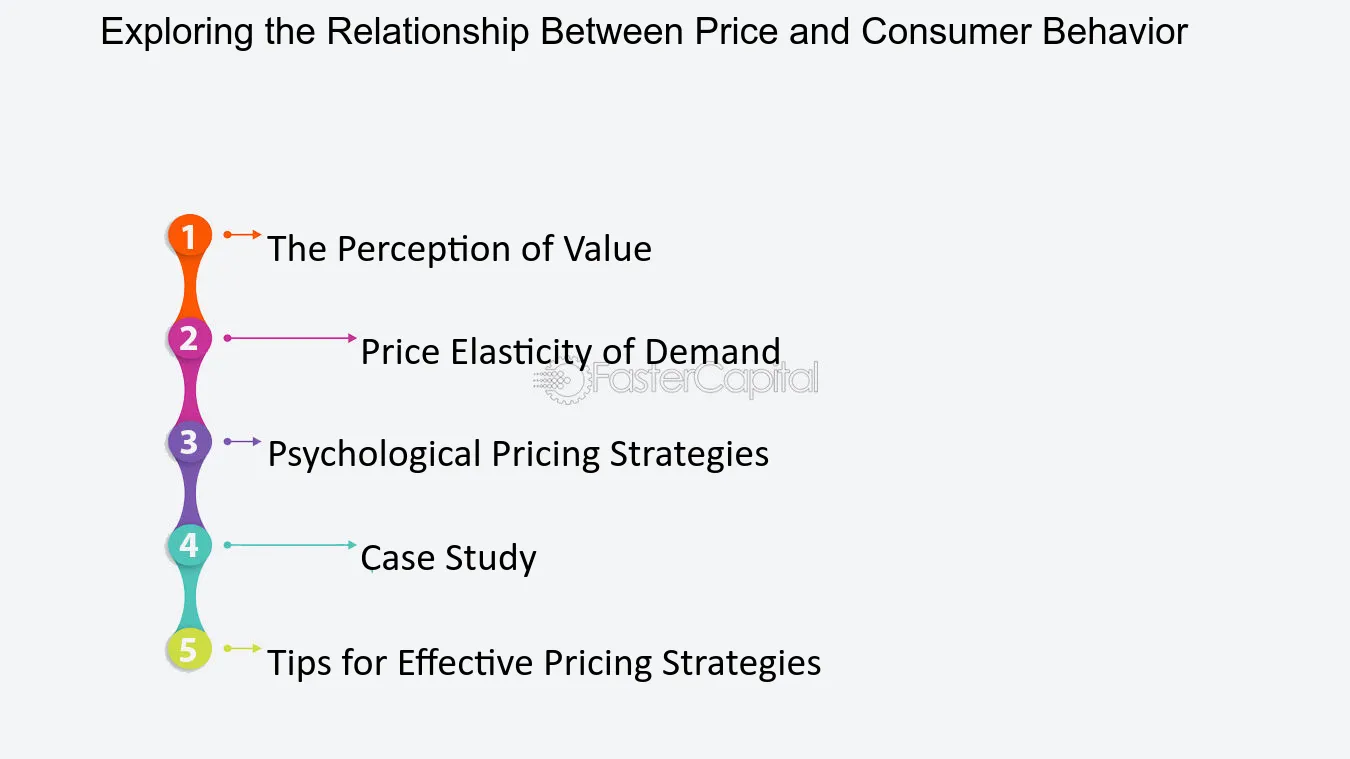
Price perception plays a crucial role in consumer decision making. It is not the actual price of a product or service that matters, but how consumers perceive that price. Understanding how consumers perceive and interpret prices can help marketers and businesses better align their pricing strategies with consumer preferences.
The Role of Price Perception
Price perception is the subjective evaluation that consumers have about the value of a product or service in relation to its price. It is influenced by various factors, such as reference prices, perceived value, and price-quality relationships. A consumer’s perception of price can be based on personal experiences, social norms, and marketing efforts.
Consumers often rely on reference prices to assess whether a product is priced reasonably. Reference prices can be internal (based on the consumer’s previous experiences and expectations) or external (based on the prices of similar products or competitors’ prices). For example, if a consumer sees a pair of shoes on sale at a 50% discount, they may compare the discounted price to the original price to determine the value of the deal.
Perceived value also plays a significant role in price perception. Consumers assess the benefits they expect to receive from a product or service and compare it to the price they are asked to pay. If the benefits outweigh the perceived cost, the consumer is more likely to make a purchase. Therefore, businesses must communicate the value proposition of their offerings effectively to influence consumers’ perception of price.
Price-quality relationships can also influence price perception. Consumers often associate higher prices with higher quality, assuming that more expensive products or services offer superior value. However, this relationship is not always accurate, and businesses need to manage consumers’ perceptions carefully. By highlighting the quality and unique features of their offerings, businesses can justify higher prices and enhance consumers’ perception of value.
Effects on Decision Making
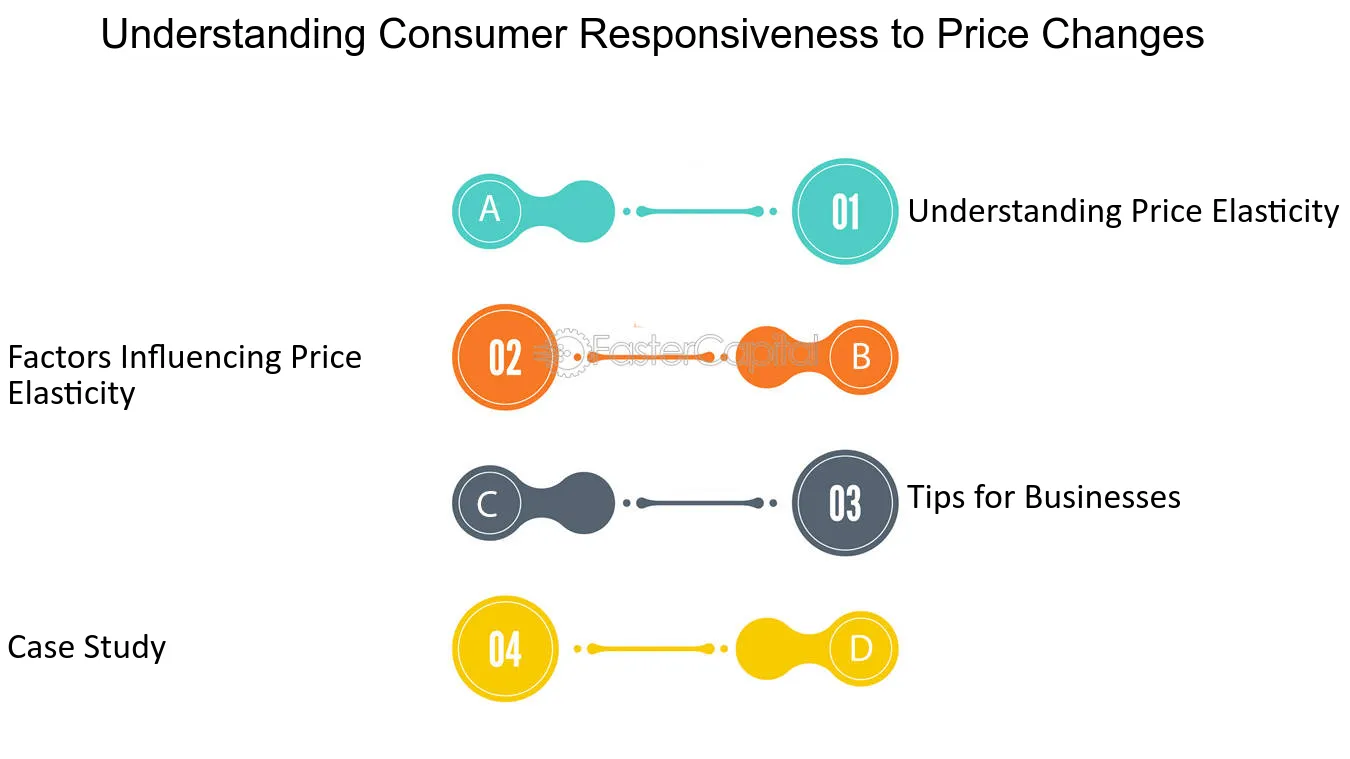
Price perception can significantly impact consumer decision making. Consumers consider not only the price itself but also how it compares to their perceived value and reference prices. Several factors can influence their decision-making process:
| Factors | Impact on Decision Making |
|---|---|
| Perceived value | If the perceived value is low, consumers may be more price-sensitive and reluctant to make a purchase. |
| Reference prices | If the price is significantly higher than the reference price, consumers may perceive it as overpriced and seek alternatives. |
| Price-quality relationships | Consumers may be willing to pay a higher price if they believe it reflects better quality or features. |
| Psychological pricing | Strategies such as using odd prices (e.g., $9.99 instead of $10) or anchoring the price at a higher point can influence consumers’ perception of prices. |
| Discounts and promotions | Consumers may be more willing to make a purchase if they perceive a discounted price or special promotion as a good deal. |
Understanding the role of price perception and its effects on consumer decision making is crucial for businesses to design effective pricing strategies. By aligning pricing strategies with consumer preferences, businesses can enhance their competitiveness in the market and maximize profitability.
What is the impact of unclear pricing on consumer behavior?
Unclear pricing can have a negative impact on consumer behavior as it leads to confusion and lack of trust. Consumers are less likely to make a purchase if they are unsure about the price or feel like they are being deceived. Clear and transparent pricing, on the other hand, helps build trust and encourages consumers to make a purchase.
How can unclear pricing affect consumer decision-making?
Unclear pricing can significantly affect consumer decision-making. When consumers are unsure about the price, they may hesitate to make a purchase or may even choose to look for alternative options. Unclear pricing can also lead to frustration and a negative perception of the brand, which can affect consumer loyalty in the long term.







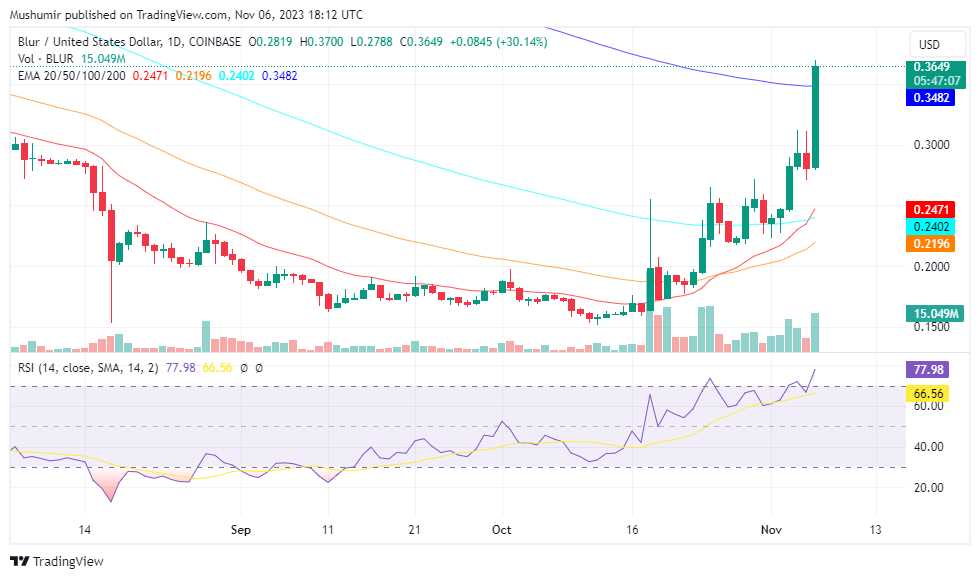
Leave a Reply